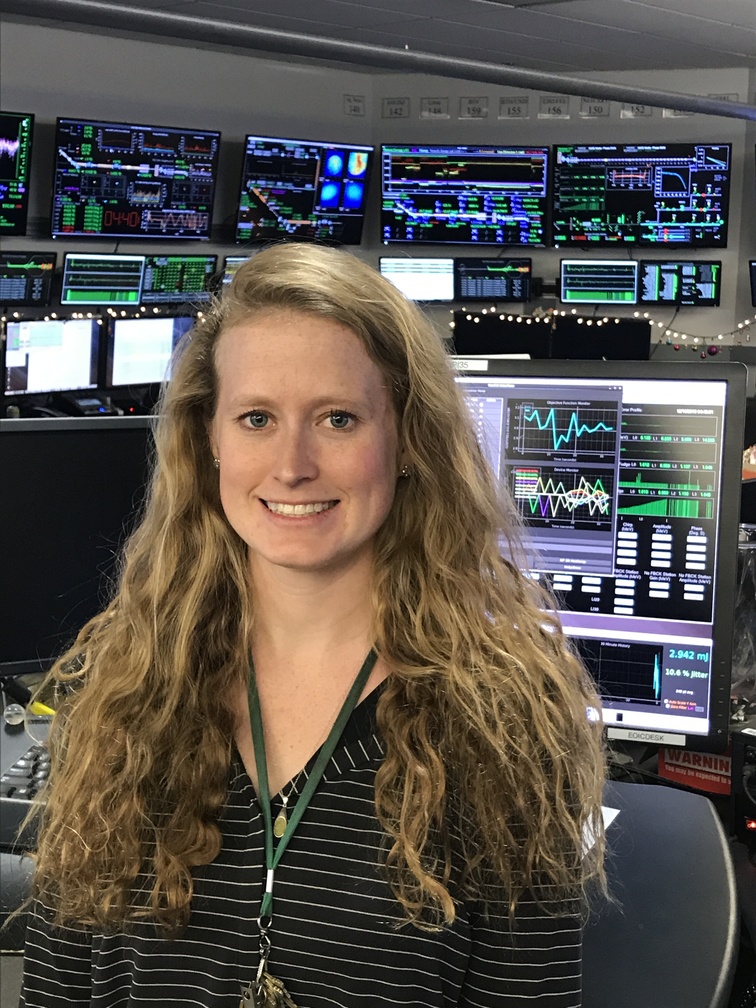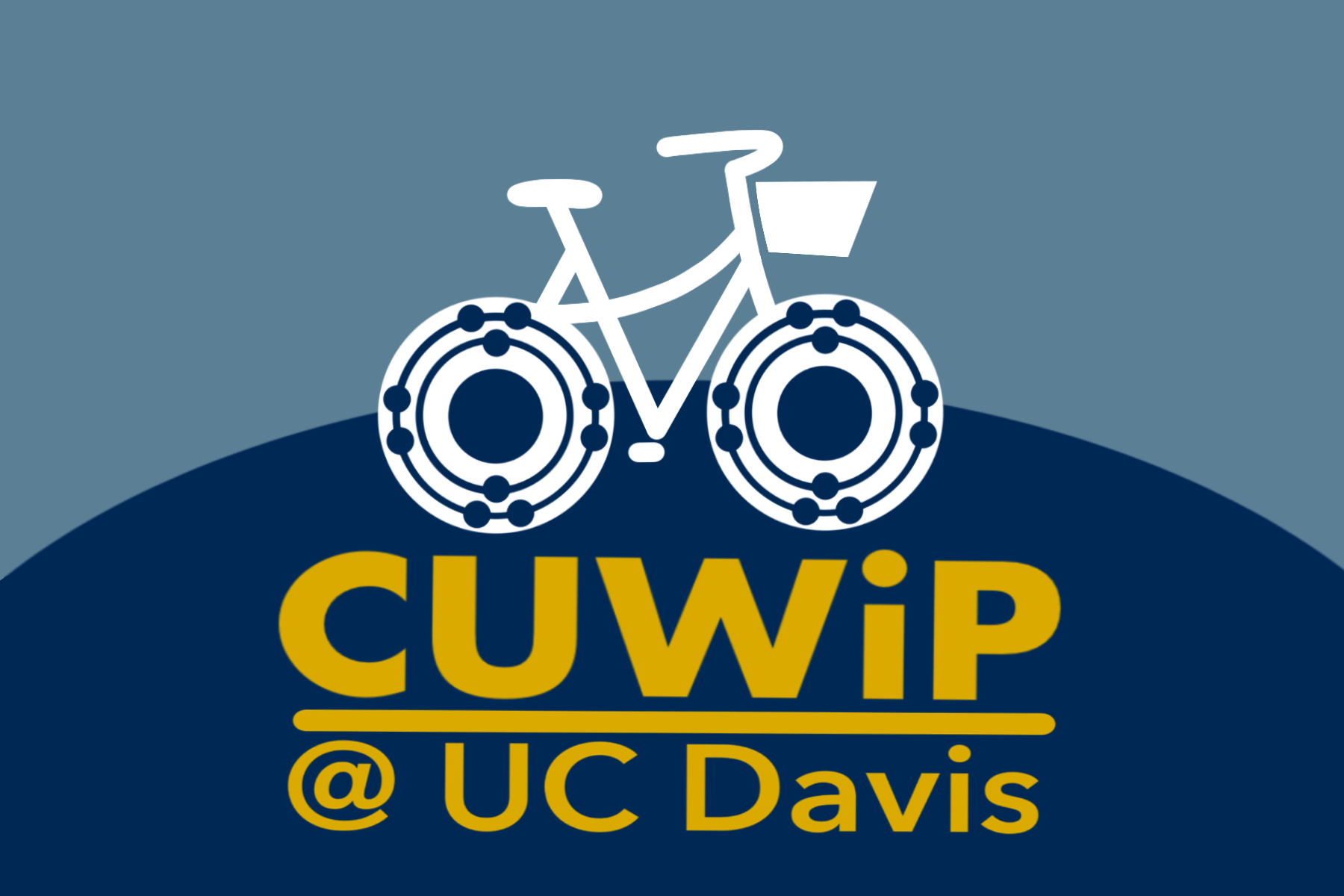

From the Desert to the Bay: The Academic Adventures of a Laserchick
In this talk, Desiré Whitmore will discuss her career path beginning as a community college student to becoming the Staff Physicist for "the most important science museum to have opened since the mid-20th century" (NY Times, 2013). She will discuss her research in the detection of single molecules with femtosecond (10-15 s) spectroscopy, developing attosecond (10-18 s) X-ray laser systems to measure electrons moving across the surface of semiconductors, and quantifying fluorescence from quantum dots, which are now used in optical displays all over the world. She will also talk about career options for physicists outside of academia, including curriculum development and interactive museum science.
Friday, 5:30pm, Roessler 66
Desiré Whitmore, San Francisco Exploratorium
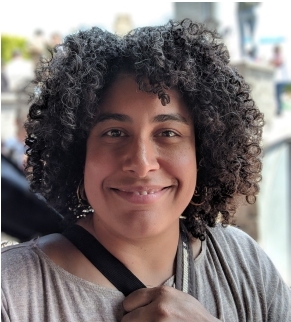
Lighting up the Dark: Explorations of the Universe and Making Space in Science
The core of Professor Wechsler's research over the past two decades has been in understanding the connection between the part of the Universe that we can measure -- light from galaxies -- and the part of the Universe that is invisible but dominant -- dark matter and dark energy. She will discuss some of the progress we have made in understanding the light and dark sides of the universe and the connection between them, and will also give some highlights of the joys and challenges of making space for herself and for others in this field.
Saturday, 7:00pm, Conference Center Banquet Halls
Risa Wechsler, Stanford University

Bioprinting: Bringing Life to 3D Printing
A key challenge in engineering tissue constructs is integrating adequate vascular networks to prevent necrosis. A microcirculation supply is not only necessary for the exchange of nutrients and waste, but it is often coupled with many functions of the organs. To address this challenge, we use a direct ink write system and develop bioinks to print complex geometries of 3D tissues with a dynamic vasculature. Current efforts include integrating tissue of interest (e.g. blood brain barrier)with our vascularized printed tissue platform to create complex in vitro models to interrogate human physiology.
Sunday, 11:40am, Roessler 66
Monica Moya, Lawrence Livermore National Laboratory
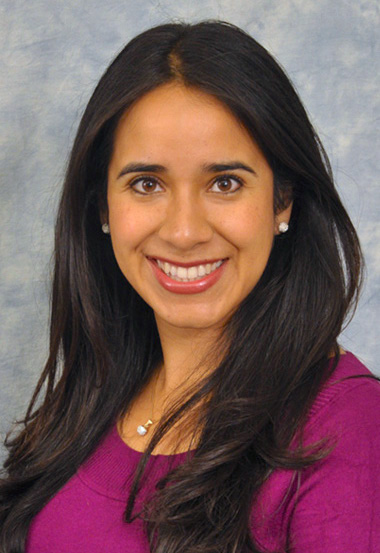
In a laboratory not so far, far away...
Bose-Einstein Condensation -- Playing with the coolest stuff in the galaxy
At ultracold temperatures (T ~ 100 microkelvin), atoms exhibit their wave-like nature as described by quantum mechanics. When cooled further to the nanokelvin regime, the wave functions of the individual atoms overlap, creating a macroscopic matter wave or Bose-Einstein condensate (BEC). Owing to their coherence, long interrogation times, and tunability with applied fields, these exotic gases are ideal platforms for studying a variety of quantum physics. Current efforts with these systems explore quantum information and computation, quantum simulation of condensed matter systems, and precision measurements. I will discuss in detail why ultracold atoms and BECs are exciting tools for physicists and their applications.
Saturday, 5:00pm, Workshop Session 2
Hyewon Kim Pechkis, UC Davis
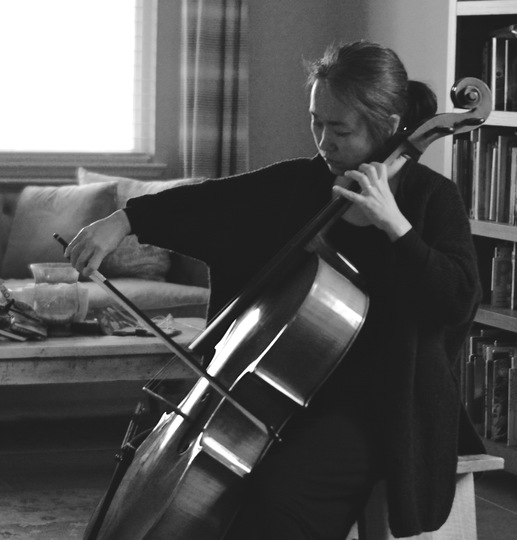
Conundrums in Astronomy: From Big to Small
Come along on an adventure through the hot problems challenging astronomers today. I'll be talking about some of the unanswered questions in the field. Together we'll go from the largest to the smallest scales in the universe and discuss the different approaches scientists use to study them all.
Saturday, 5:30pm, Workshop Session 2
Sam Benincasa, UC Davis
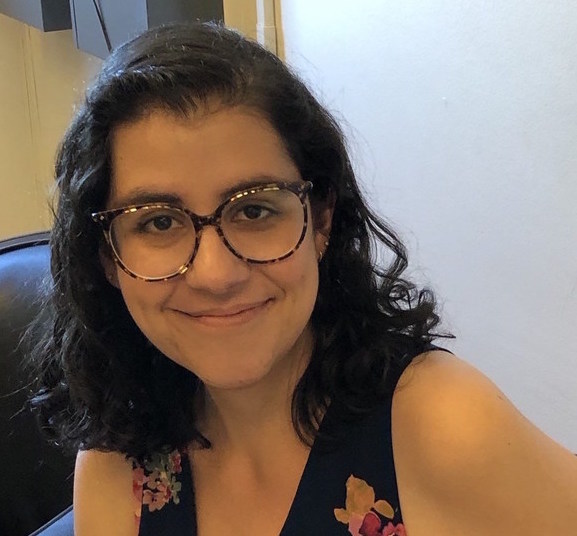
Condensed Matter Physics: From Materials to Applications
The synthesis, characterization, and understanding of materials form the heart of modern condensed matter physics. These materials include both crystalline and amorphous solids, their surfaces and interfaces, and liquid crystals. Physics phenomena investigated include superconductivity, magnetism, electrical and thermal conductivity, optical properties, superfluidity, and unusual connections among these. Laboratory techniques range from table-top experiments to the use of large national facilities for synchrotron radiation and neutron scattering. Calculational techniques enable prediction and understanding of exotic new materials. Numerous applications to device fabrication and health applications have enabled the technological wonders of modern society, such as lasers, computers, cell phones, and magnetic resonance imaging. We will survey these issues to glimpse interesting problems that inspire working condensed matter physicists.
Sunday, 9:00am, Workshop Session 3
Shirley Chiang, UC Davis
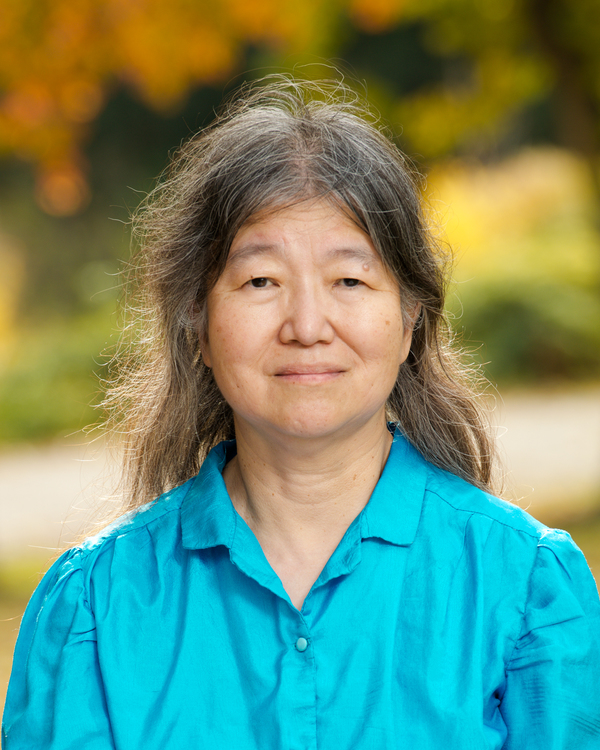
Accelerator Physics! At the Crossroads of Physics and Engineering
Do you have broad interests and wish you could continue studying all of the hard sciences? Do you like working with a lot of people? Do you like creative problem solving? If so, Accelerator Physics might be right for you! Accelerators get a glamourous existence as tools for High Energy Particle Physics but accelerators are flourishing with versatility: We have medical accelerators for targeted cancer therapy, free electron X-Ray lasers, synchrotrons, electron diffraction imaging, just to name a few. These big science tools require people to understand how the electrons, protons, positrons or other charged particle beams respond with different beamline components such as magnets, microwaves, crystals or other materials. Physicist become expert at predicting the behaviour of charged particle beams but there are many ways to contribute to accelerator physics. Breadth of knowledge is just as valued as expertise and it's not only PhD scientists that make valuable contributions to the field of accelerator physics. The talk will highlight current uses and research areas for upcoming accelerators as well various roles someone could have contributing to accelerator physics research.
Sunday, 9:30am, Workshop Session 3
Nora Norvell, SLAC
